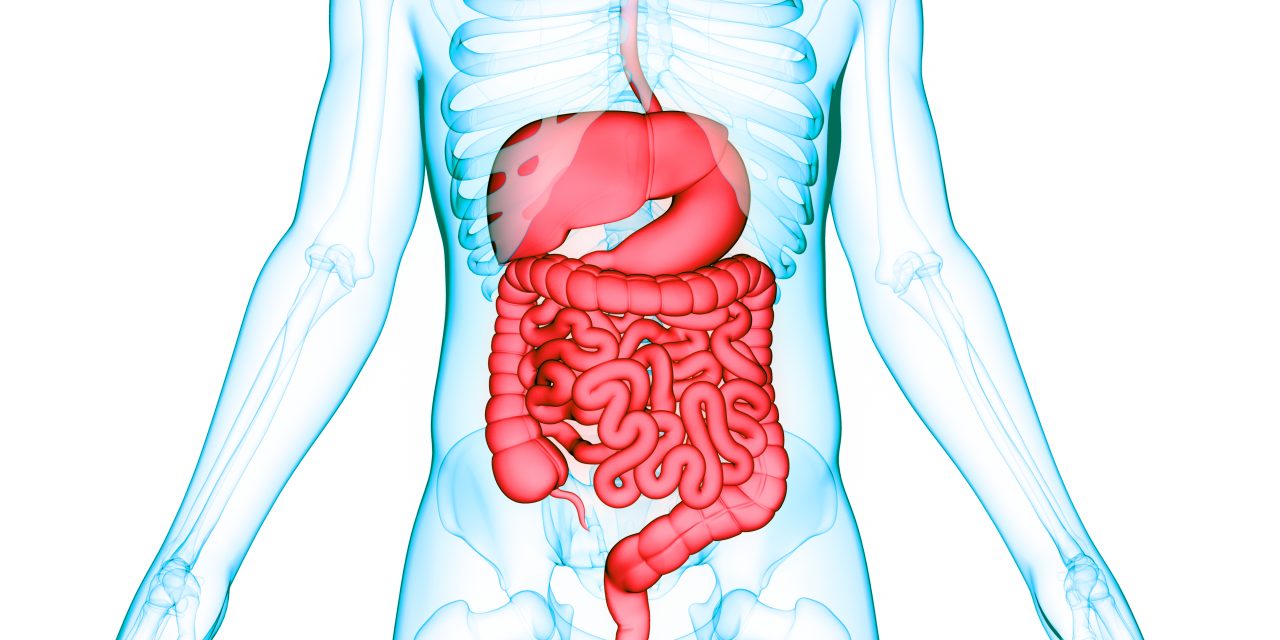A trend of increasing incidence of colorectal cancer (CRC) has been observed in northern Tanzania. Studies have shown a six-fold increase in CRC in the past decade, with 90% of patients presenting in late stages, with resultant high morbidity and mortality rates. In this study, we aimed to document the burden of CRC in the northern zone of Tanzania from 1998 to 2018, focusing on patient presentation, clinical features, and treatment at a tertiary hospital.
Pathological and clinical records for all patients from 1998 to 2018 were identified and reviewed. Records of patients whose CRC was diagnosed histologically were retrospectively reviewed.
Approximately 313 CRC cases were documented. The majority age group (29.1%) was between 50 and 64 years (mean [standard deviation], 54.28 [16.75] years). However, together, the age groups of patients younger than 50 years was 41.5% (n = 130). Of 174 patients with complete records, most (29.3%) were between 35 and 49 years of age. The median age was 52 (interquartile range, 40-67) years. Men accounted for 62.1% of patients and were mostly from the Kilimanjaro region. More than half (54.7%) presented > 3 months after symptom debut; 62.6% first sought care at lower-level health facilities. Most (64.9%) presented as emergencies, necessitating colostomy for fecal diversion as the initial surgical procedure in 60.3% of patients. Colonoscopy was performed for 38.6% of the study participants. Most tumors (72.7%) originated from the sigmoid and rectum. Adenocarcinoma was the most prevalent histologic type.
High proportions of young individuals with CRC pose great concern and a need for further appraisal. Furthermore, late emergency presentation and low colonoscopy rates highlights underlying system challenges and need for education campaigns.
Colorectal Cancer in Northern Tanzania: Increasing Trends and Late Presentation Present Major Challenges.


